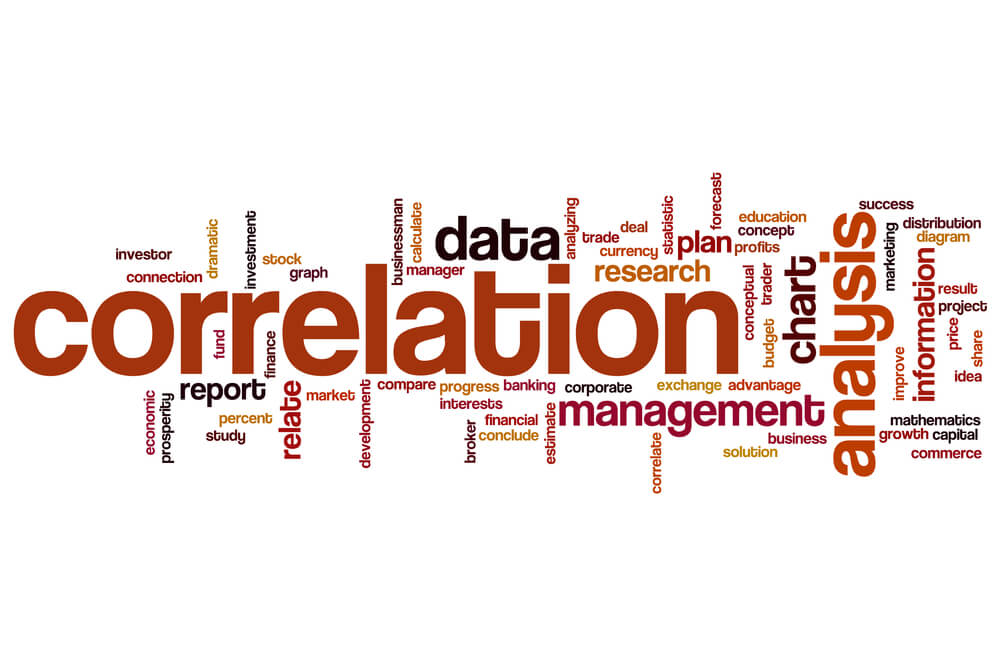Different currencies behave in different ways. Each currency
moves in certain ways that may or may not affect other currencies. Aside from
that, different currency pairs also behave
differently from other currency pairs.
Unless you’re planning to trade only one currency pair at a
time, you have to know how one currency pair is related to another pair. This is
where currency correlation enters the picture.
A currency pair may rise along with the rise of another currency
pair, while another may fall with the rise of the other. Further, a currency
pair may sometimes be unaffected by a rise or fall in one currency pair.
Let’s dig deeper into how currency correlations work.
What is Currency
Correlation?
In the worlds of finance, correlations measure how two kinds
of securities move in relation with each other.
In the case of the forex market, currency correlations give
you an idea whether two currency pairs move in the same direction, opposite ways,
or at totally random movements, over a period of time.
Bear in mind that you’re always working with two currencies
at a time whenever you trade forex. No currency is ever isolated.
The Importance of Currency
Correlation
Very few traders choose to trade one currency pair at a
time. For those who have more than one pair when trading, it’s crucial to
understand how every two currency pairs behave in relation to each other.
If you’re not familiar with the correlation of the currency
pairs you’re trading, you will expose yourself with more risks. Therefore, the main importance of knowing currency correlations will help you improve your risk management strategies.
Correlation Coefficient
Luckily, correlation can be measured in very solid terms. It
can be gauged into what is known as the correlation coefficient, which rangers between
-1 to +1.
When the correlation coefficient falls on +1, this means that
the two currency pairs will move in the same direction at all instances. When one
of the pairs rises, the other will rise too. When one of them falls, the other
will also fall. This is called perfect positive correlation.
On the flip side, when the correlation coefficient falls on
-1, this means that the two currency pairs move in opposite directions at all
instances. When one of the pairs rises, the other will fall. When one of them
falls, the other rises. This is called the perfect negative coefficient.
If the correlation coefficient falls on 0, this means that the
two currency pairs move randomly in relation to each other. Simply put, a rise
or fall in one of the pair has no effect on the rise or fall of the other.
Knowing the correlation coefficient of the currency pairs you
trade will help you manage your risks better. Since you know how one of your
pairs’ behavior’s effects on your other pair, you will know how to hedges away
from risks.
Read further: Several Types of Investment Risks
Final Word
Forex trading requires you to be very prudent and that means
more than just understanding how a currency or currency pair behaves. Gaining insight
into how a pair moves in relation to other currencies will strengthen and
improve the way you do your trades.
Read more: 5 Powerful Risk Management Tips for Starters
FSMSmart is here to provide you with the latest news updates about market trends. Never miss out on news regarding forex, commodities, consumer, financial, and technology here in FSMSmart!





